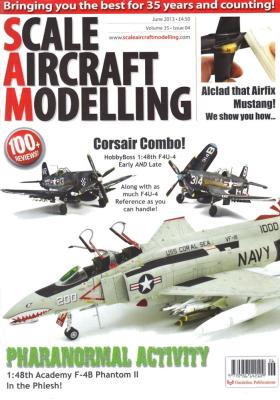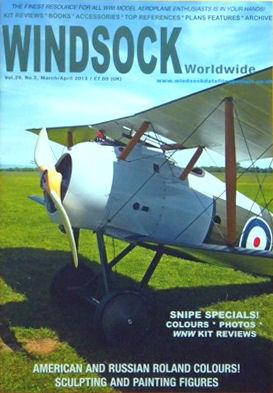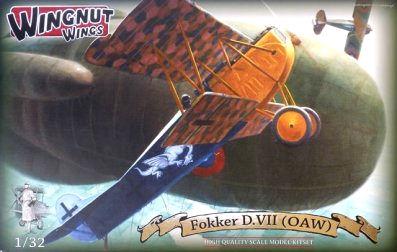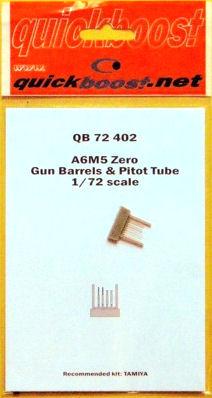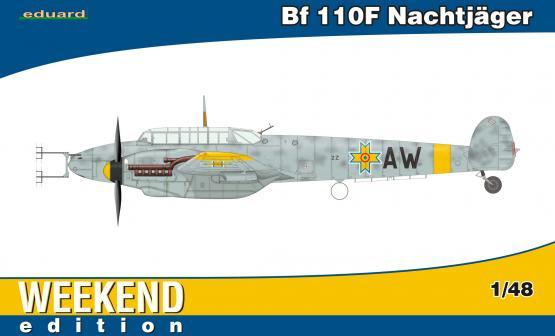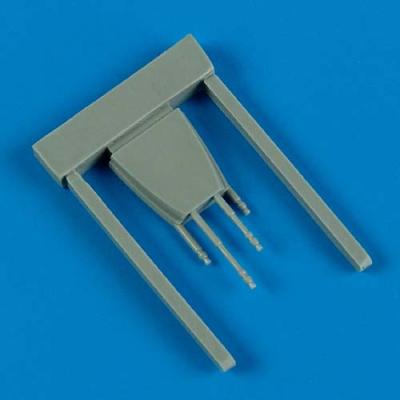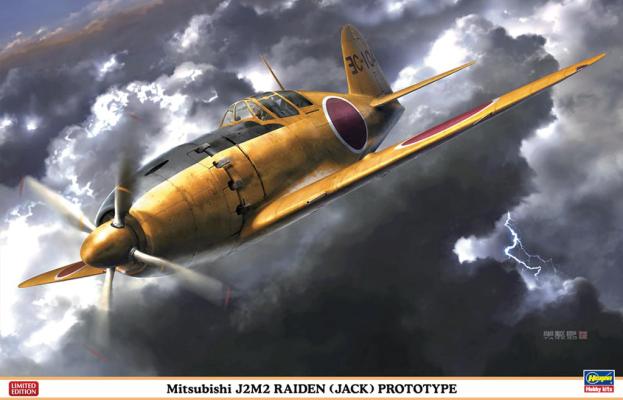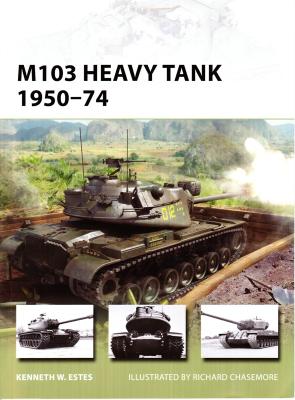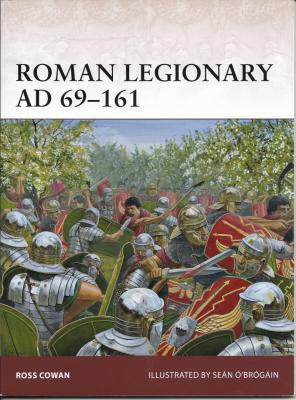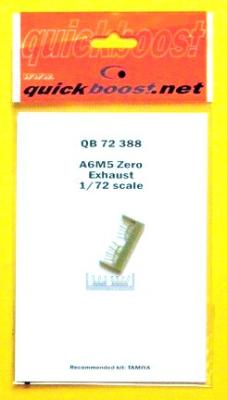The June issue features a build of the classic F4U-4 Corsair by HobbyBoss. This six-page article by Brian Wakeman will serve as an excellent reference for anyone wishing to build the F4U-4 early version. Brian’s article details the process he used to build the kit and then to weather the model. The end result is stunning. Brian includes a list of the supplies he used to achieve the spectacular results seen in the images.
Brian’s article is immediately followed by a companion article by James Ashton. James uses the companion kit to HB’s #80386 Corsair, by using HB’s #80387 F4U-4 late. This article also provides a rich and detailed storyline of the build process. James weathered with acrylic over lacquer, separated by a coat of AKI fluid. The end result is a truly spectacular weathered effect. The article, similar to Brian’s, includes a list of materials used and is augmented by images that are rich in detail and superb in quality.

